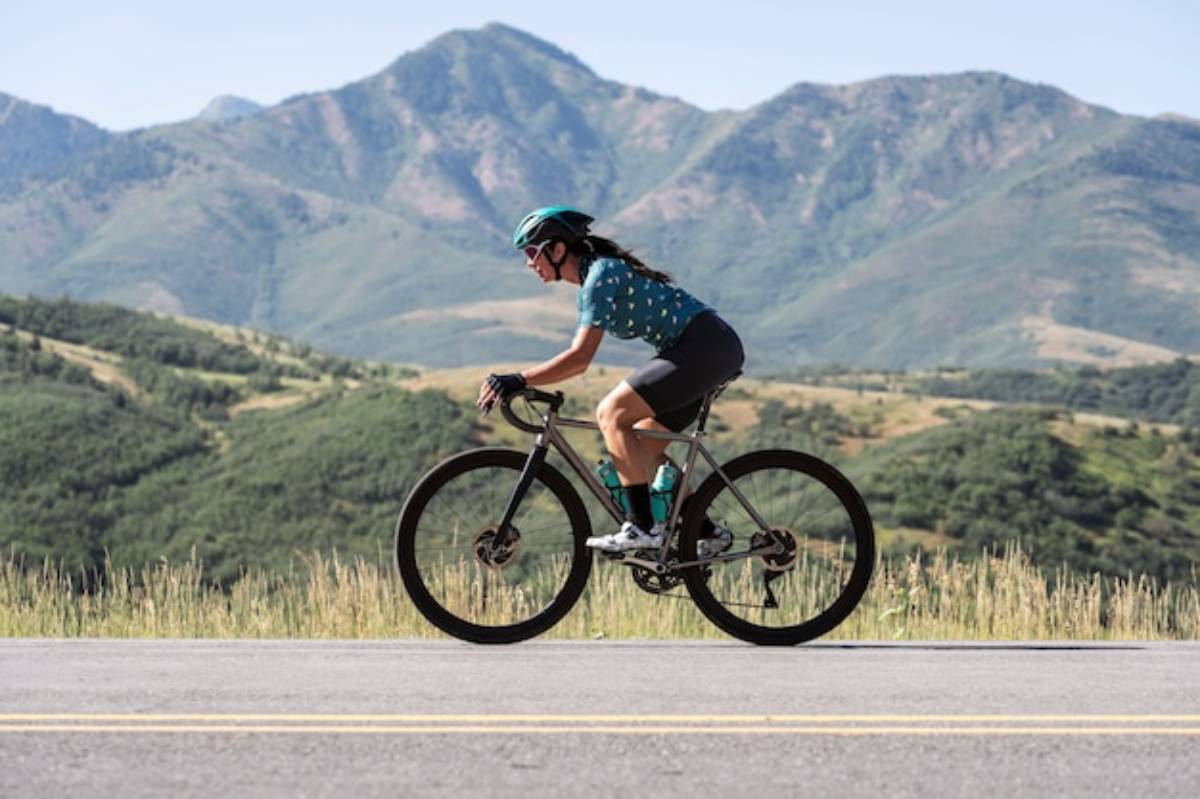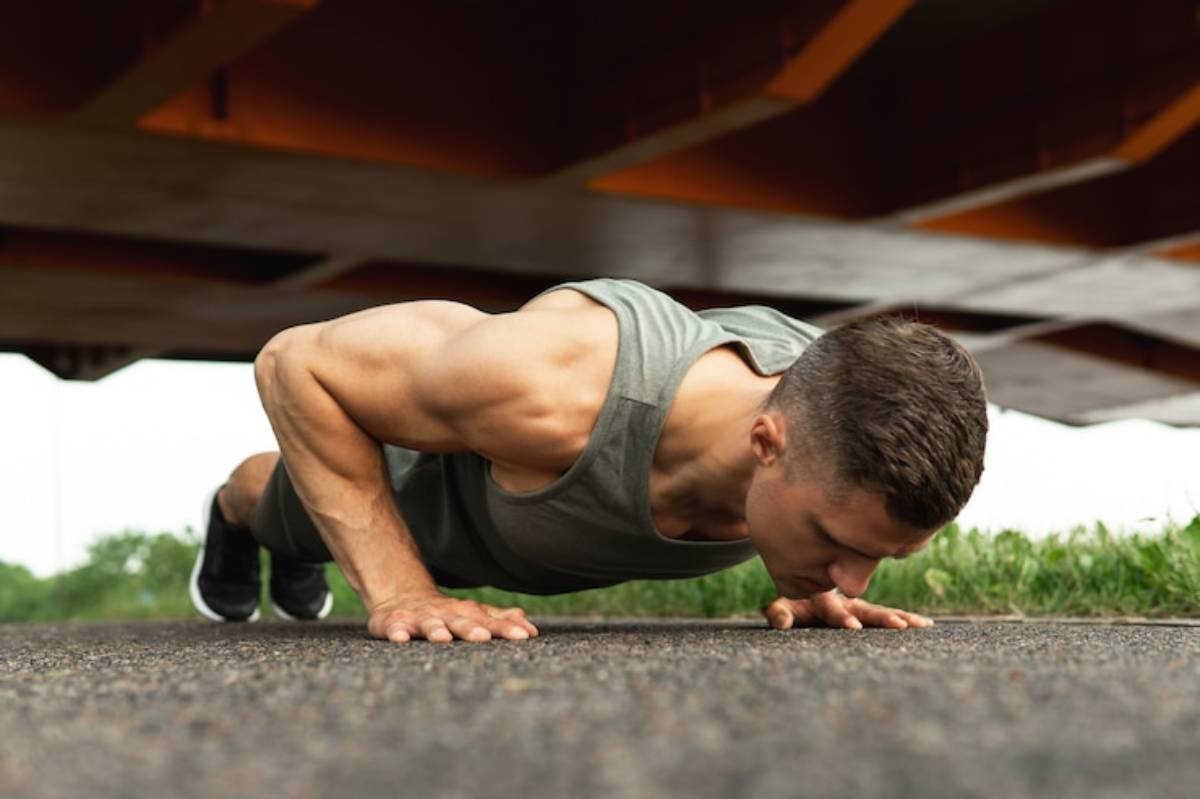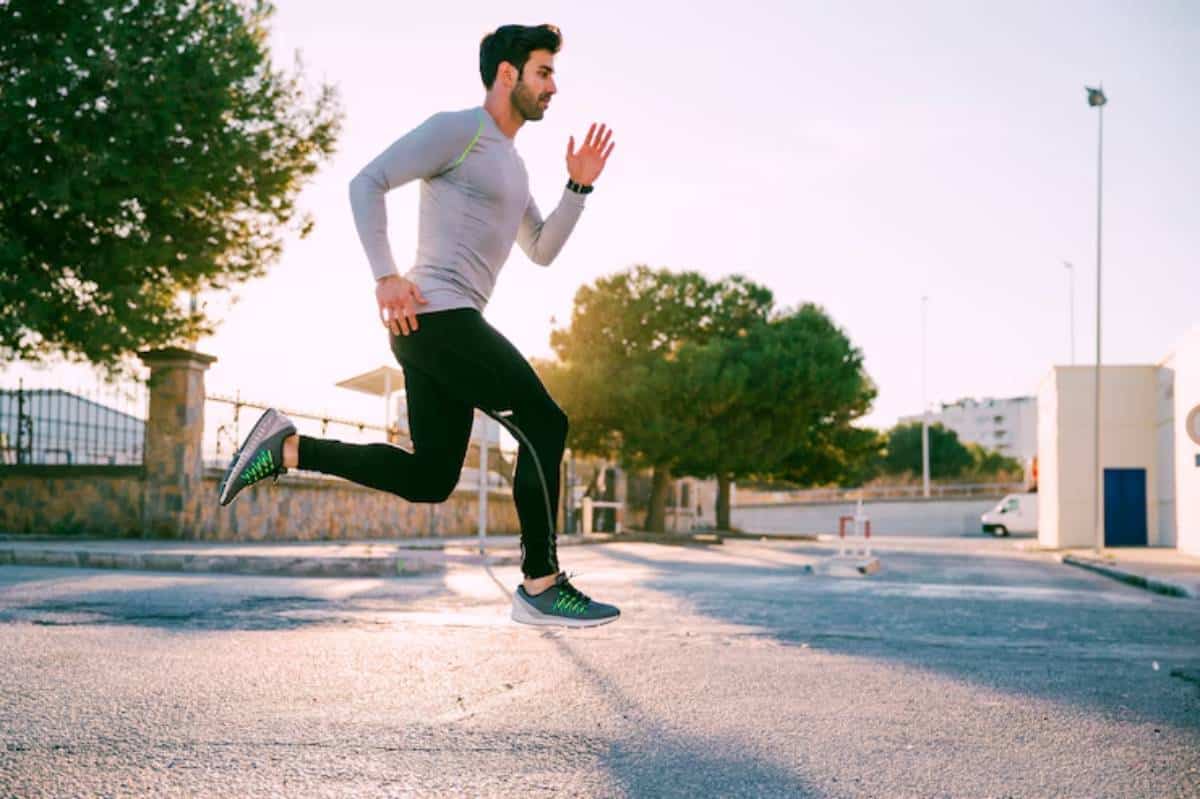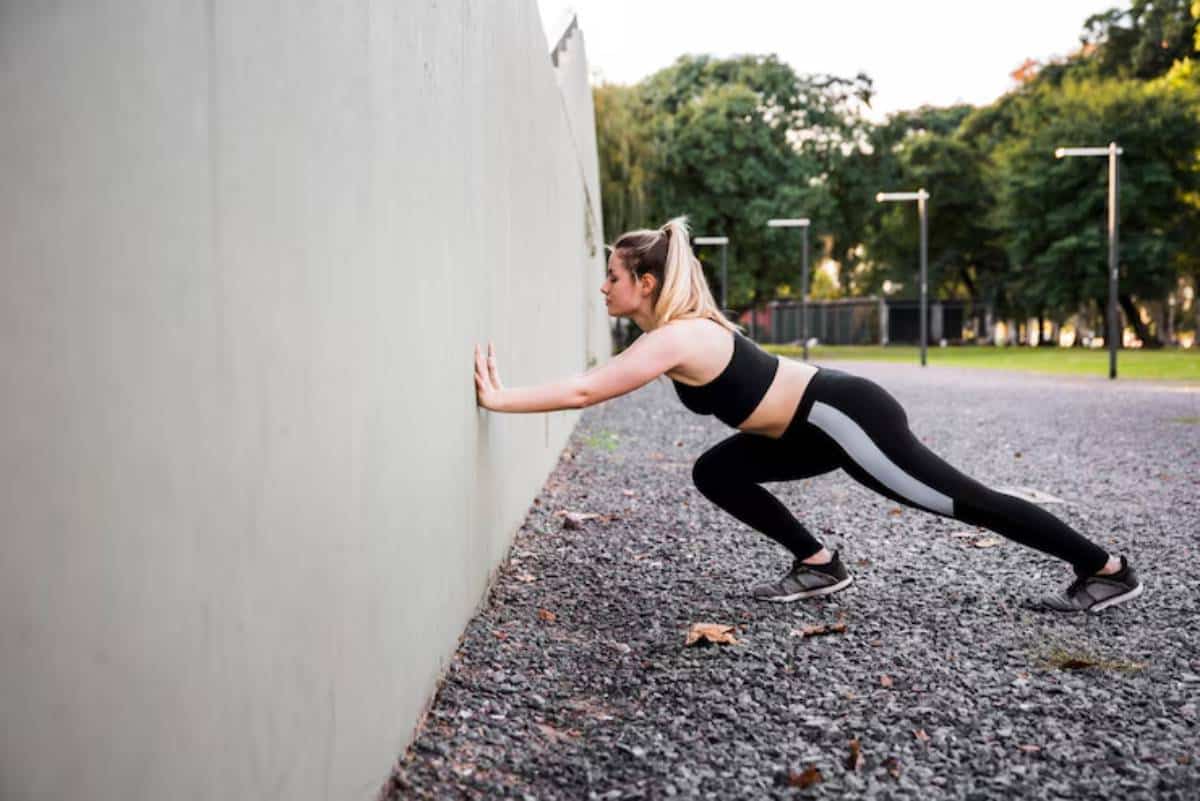
Rest Days: Active vs. Passive Recovery Explained
You’ve been pushing hard — pull-ups, squats, planks, and maybe even mastering that elusive handstand. But what do you do on your rest days? Do you kick back on the sofa all day, or do you squeeze in a little movement? This brings us to an important question: Which is better for you, active recovery or passive recovery better for you?
The truth is, rest day optimisation is as much an art as it is a science. Recovery isn’t just about taking a break; it’s about giving your body what it needs to recharge and come back stronger. But knowing when to move and when to truly rest can be tricky.
In this guide, we’ll break down active recovery techniques and passive recovery methods, explore their benefits, and help you make the most of your rest days. Whether you’re deep into bodyweight strength training or just starting out, these insights will keep your training sustainable and your body injury-free.
Why Rest Days Are Essential for Strength Training
Before we dive into the active vs. passive recovery debate, let’s talk about why rest days matter. When you train, especially in bodyweight strength, you challenge your muscles, tendons, and nervous system. These stressors trigger growth and adaptation, but only when given time to repair.
The Science of Recovery
During exercise, you create micro-tears in your muscle fibres. Rest is when these tears heal and rebuild, making you stronger. Skipping recovery? That’s a fast track to overtraining, burnout, and even injury.
A study published in the Journal of Strength and Conditioning Research (2019) highlighted that structured recovery days reduce the risk of overuse injuries and improve long-term performance (Kellmann et al., 2019).
What Is Active Recovery?
Active recovery involves low-intensity movement that helps promote circulation, reduces muscle stiffness, and supports tissue repair. It’s not a workout — think of it as gentle movement with purpose.
Benefits of Active Recovery Techniques
- Increases blood flow: Helps deliver nutrients to muscles and remove waste products.
- Reduces soreness: Keeps muscles supple and reduces DOMS (delayed onset muscle soreness).
- Improves mobility: Supports joint health and flexibility.
- Maintains habit: Keeps you in the routine of daily movement.
Examples of Active Recovery Techniques

- Low-intensity cardio:
- Walking, cycling, or swimming at a gentle pace (20–30 minutes).
- Mobility drills:
- Dynamic stretches, hip openers, and shoulder dislocates.
- Yoga or flow sessions:
- Light vinyasa or stretching-based flows.
- Foam rolling:
- Self-myofascial release for sore areas.
- Breathwork:
- Diaphragmatic breathing to stimulate relaxation.
What Is Passive Recovery?
Passive recovery is exactly what it sounds like — complete rest. It’s about giving your body time off from movement so that it can repair at a deeper level.
Benefits of Passive Recovery Methods
- Promotes deep tissue repair: No movement means total energy goes into healing.
- Supports nervous system recovery: Helps regulate stress hormones and replenish mental focus.
- Enhances sleep quality: Encourages better sleep cycles, which are vital for recovery.
A Sports Medicine review (2018) confirmed that rest, including passive recovery, supports hormonal balance, muscle repair, and immune function (Halson, 2018).
Examples of Passive Recovery Methods

- Complete rest:
- Sleep:
- Hydration and nutrition:
- Massage therapy:
No exercise, just normal daily activities.
Prioritise quality and quantity of sleep (7–9 hours).
Support recovery with proper fuel.
Professional or self-massage for muscle relaxation.
Active vs. Passive Recovery: When to Use Each?
So, how do you know when to move and when to rest fully? Here’s how to decide.
When to Choose Active Recovery
- Mild soreness: If you feel a little tight but not painful.
- Stiffness or reduced mobility: Gentle movement helps keep joints happy.
- Mental boost: If movement lifts your mood.
- Between intense sessions: Keeps circulation flowing without overloading the system.
When to Opt for Passive Recovery
- Excessive fatigue: If your body feels drained, both physically and mentally.
- Sleep deprivation: Prioritise rest over movement when underslept.
- Injury recovery: Let the body focus entirely on healing.
- After a heavy training cycle: Give yourself a full day to recharge.
Sample Rest Day Plan: Blending Active and Passive Recovery
Here’s how to structure a rest day optimisation plan that combines both approaches.
Morning: Passive Recovery Focus
- Sleep in or nap: Prioritise 8–9 hours of sleep.
- Hydrate and fuel: Eat balanced meals to support recovery.
Afternoon: Active Recovery Techniques (20–30 minutes)
- Light walk or cycling: 15–20 minutes at an easy pace.
- Mobility flow:
- Cat-cow stretches (10 reps).
- Hip circles (30 seconds per side).
- Shoulder dislocates (15 reps).
- Foam rolling: 5–10 minutes on quads, hamstrings, and back.
Evening: Passive Wind-Down
- Breathwork or meditation: 5–10 minutes to relax.
- Stretching: Gentle holds for hips, hamstrings, and shoulders.
Real-Life Example: Rachel’s Recovery Breakthrough
Rachel, a callisthenics enthusiast, struggled with shoulder tightness from frequent training. By integrating active recovery techniques (like mobility drills and foam rolling) twice a week, and giving herself full passive recovery days once a fortnight, she improved her overhead mobility and reduced nagging soreness.
Her biggest takeaway? Rest day optimisation isn’t about doing more — it’s about doing what your body needs.
Tips for Making the Most of Your Rest Days
- Listen to your body: Some days call for movement, others for total rest.
- Be flexible: Your plan can change based on energy, sleep, and stress levels.
- Stay consistent: A regular recovery routine keeps your body resilient.
- Hydrate and nourish: Recovery starts from the inside out.
- Avoid overdoing active recovery: Keep it low-intensity to avoid overtraining.
Common Mistakes to Avoid
- Skipping rest days: Rest isn’t a weakness; it’s part of the process.
- Pushing too hard on recovery days: Keep active sessions truly low-intensity.
- Neglecting sleep: No amount of foam rolling can replace quality sleep.
- Ignoring mental recovery: Stress affects your physical performance, too.
Conclusion: Recovery Is Training Too
Your rest days are not a break from training — they are training. The difference between active recovery techniques and passive recovery methods lies in what your body needs at that moment. Both play a crucial role in keeping you strong, mobile, and injury-free.
Ready to optimise your rest days? Try blending active and passive recovery strategies and see how your body responds. Share your favourite recovery tip or routine in the comments. And if this guide helped, pass it along to someone who’s ready to train smarter, not just harder.


